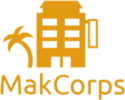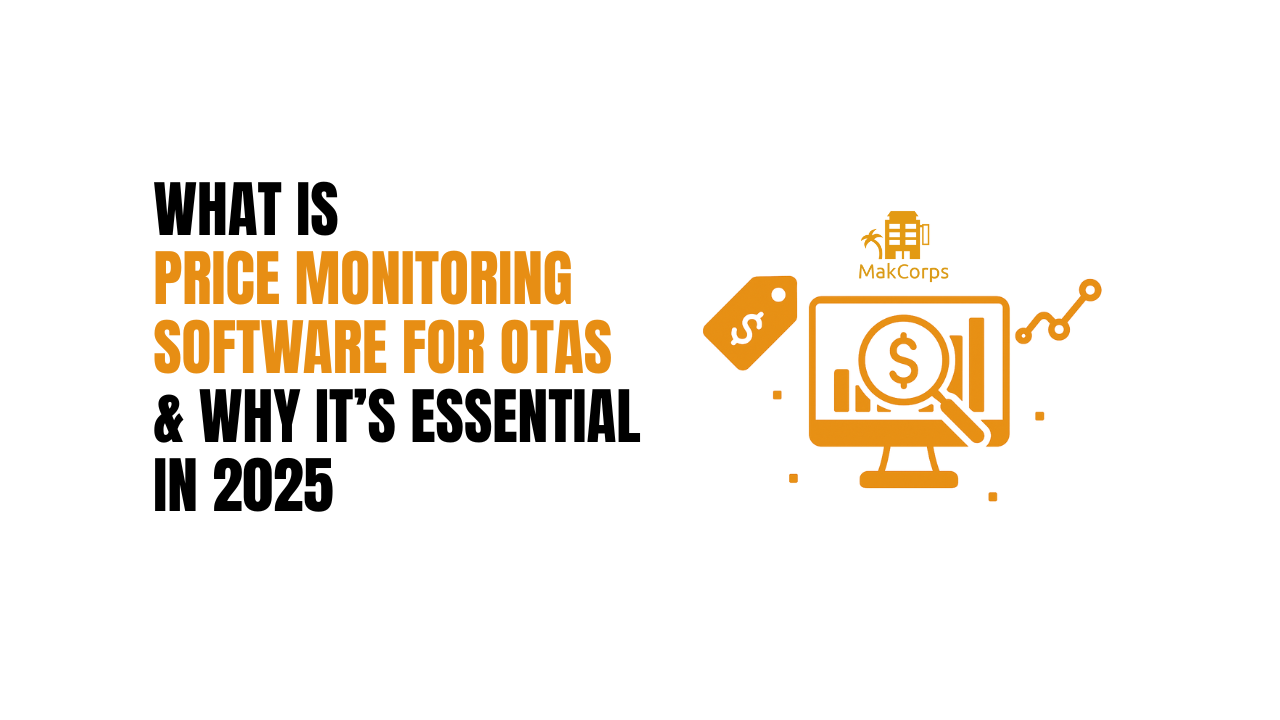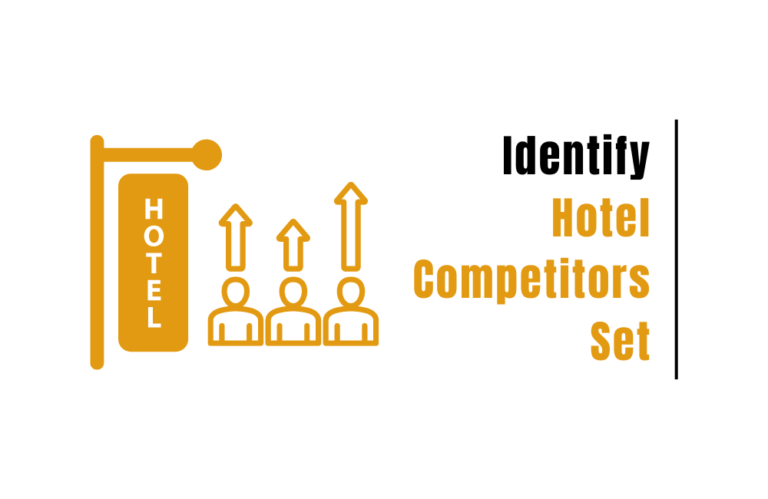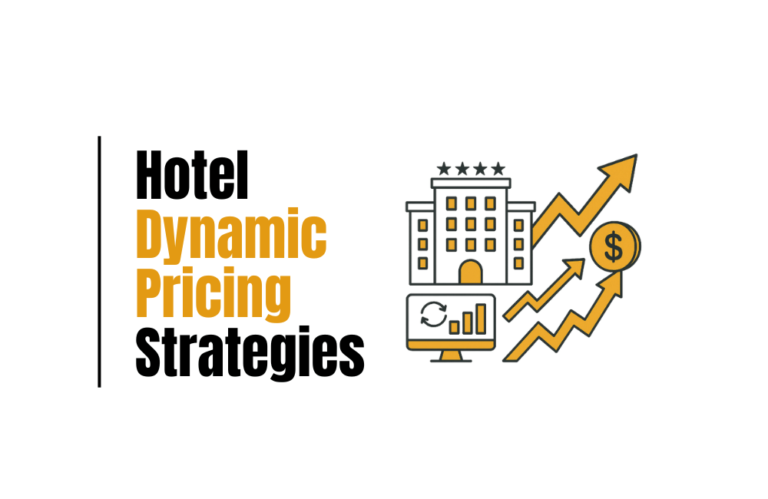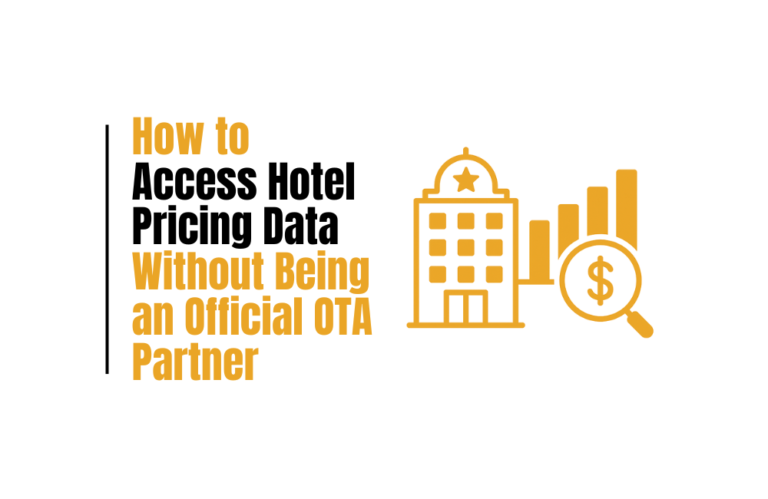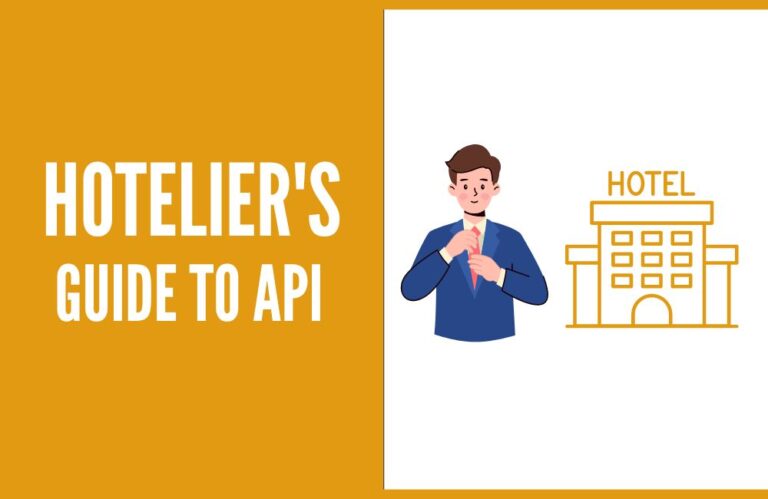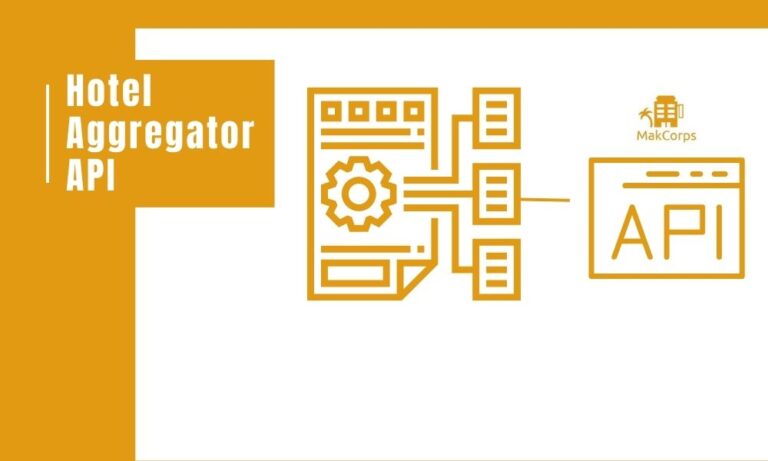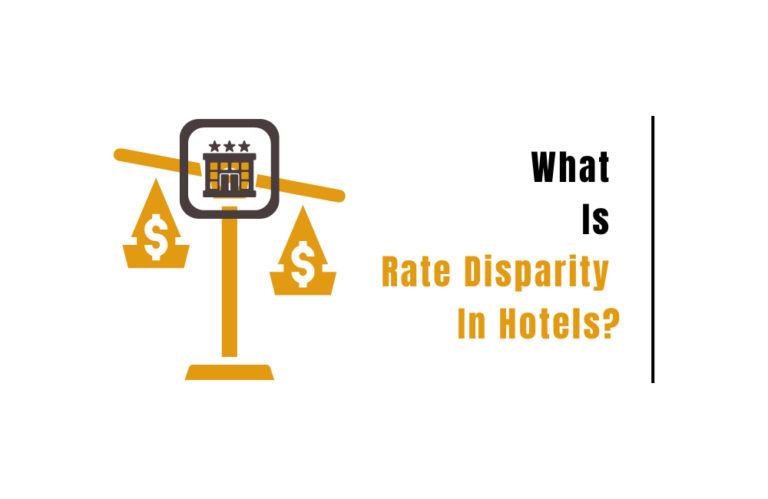What Is Price Monitoring Software for OTAs & Why It’s Essential in 2025
If you run an OTA, you already know the battlefield you’re in. You spend thousands trying to pull customers in ads, campaigns, discounts, loyalty programs but here’s the catch: travelers rarely care about your brand. They care about the price.
When someone searches for a hotel on Google, they get flooded with options. Different platforms, same room, slightly different prices. And that’s where the game is won or lost. If your prices are higher than the OTA next to you, it doesn’t matter how polished your website is or how charming your copy sounds. People click away. You lose bookings, and worse, you lose credibility.
That’s why price monitoring is essential for OTAs. It helps you stay competitive, protect your margins, and actually make all that marketing money worth spending.
In this blog, we’ll unpack what price monitoring software really is and why it’s become essential for every OTA that wants to stay in the race.
Let’s get started.
What Is Price Monitoring Software for OTAs?
Price monitoring software, also known as hotel rate shopping tools, helps online travel agencies (OTAs) track and compare hotel room prices across different booking platforms. It gives you a clear picture of how your rates stack up against competitors in real time.
Here’s how it works:
- It collects live prices from multiple OTAs like Booking.com, Expedia, and Agoda.
- It compares room rates, taxes, offers, and room categories side by side.
- It displays all this data in a single dashboard, making it easy to spot pricing gaps.
Why Price Monitoring Has Become Essential in 2025
The key benefits are automation and accuracy. Instead of manually checking prices on different sites, the software handles it for you saving time, cutting human error, and help you make quick, informed pricing decisions.
1. Fierce Competition After the Pandemic
The travel market has bounced back, but not evenly. After the pandemic, the number of active OTAs and booking platforms grew fast. Everyone is fighting for the same customer, and even small price differences can decide who wins that booking.
2. AI-Powered Pricing by Big Players
Major OTAs like Booking Holdings and Expedia Group now control roughly 62% of the global OTA market, as reported by Hotelmize. These giants use AI-based dynamic pricing systems that constantly adjust rates based on live data demand spikes, events, competitor prices, and more. Smaller OTAs can’t rely on manual updates or guesswork anymore. Competing means keeping up with machines that never stop calculating.
3. Travelers Are More Price-Sensitive Than Ever
Today’s travelers compare everything. The WTM Global Travel Report 2024 highlights that cost-sensitive travel behavior has become a major trend. People are willing to switch platforms for just a small price difference, which makes rate accuracy and competitiveness essential for every OTA.
4. Algorithms Reward Competitive Pricing
Search engines and metasearch platforms like Google Hotels favor listings that maintain consistent, competitive pricing. Their algorithms track rate accuracy, availability, and value across OTAs to decide which results appear higher. When your prices stay competitive, your listings gain more visibility, which leads to higher click-through rates and conversions. In short, fair pricing don’t just attract travelers but also directly affects how often your hotels are seen online.
5. Real-Time Data Drives Real Results
In 2025, speed matters more than ever. Prices change by the hour, and the faster you detect a shift, the faster you can respond. Price monitoring software gives OTAs that edge by tracking every move in real time. No manual checks, no outdated data just clear, actionable insights that keep your pricing in sync with the market.
Key Benefits of Using Price Monitoring Software
Rate Parity Control
Price monitoring software helps you spot when your room rates differ across platforms. Maintaining rate parity builds trust with both customers and partners while keeping your listings consistent. When your prices match everywhere, you avoid losing bookings to cheaper listings on other OTAs.
Competitor Intelligence
These tools also provide insight into your competitors’ pricing and promotional moves. By tracking their discounts, offers, and room availability, you can build better hotel analysis strategies and stay one step ahead. This knowledge helps you react quickly to market shifts and maintain your competitive position.
Revenue Optimization
Dynamic pricing becomes easier with accurate, real-time data. You can adjust room rates instantly to match demand and maximize profit. Combined with hotel revenue management strategies, this ensures every room sells at the best possible rate without relying on guesswork.
Market Trend Insights
Price monitoring tools show pricing patterns based on seasons, locations, and events. This helps you understand when to raise or lower rates and predict how market changes will affect demand.
Automation and Efficiency
Manual checks are time-consuming and prone to mistakes. Automation handles it faster and more accurately. You can explore these practical automation examples to make the process easier:
- Pull hotel prices for any city using n8n and Makcorps API
- Track hotel deals under budget using Hotel Price API
- Track cheapest hotel prices across vendors using Google Sheet
Automation saves hours of manual effort, reduces human error, and lets your team focus on strategy instead of spreadsheets.
How Makcorps API Helps OTAs Track Competitor Prices
The Makcorps Hotel Price Comparison API helps online travel agencies track hotel prices from more than 200 OTAs including Booking.com, Agoda, Expedia, and others all in one place. It collects live pricing data and delivers it in a clean JSON format, ready to plug into your dashboards, pricing tools, or analytics systems.

How It Works 👇
Let’s say you run an OTA and want to stay competitive. You can use Makcorps API to check competitor rates every day, detect changes, and update your own listings automatically. This helps you maintain rate parity, respond to pricing shifts faster, and even improve visibility on metasearch platforms like Google Hotels.
Why It’s Useful 👇
- Real-Time Data: The API responds instantly with fresh, accurate prices.
- Flexible Integration: Works smoothly with existing pricing systems or no-code tools, so both developers and non-technical teams can use it easily.
- Affordable and Scalable: Suitable for startups that need a simple setup, and powerful enough for enterprise-level OTAs handling thousands of listings.
- Data Accuracy: The raw pricing data is reliable and can be used directly for deeper analytics or linked to your internal logic for automation.
Conclusion:
In 2025, staying competitive comes down to real-time data. It drives better pricing decisions, which lead to higher conversions and stronger visibility. Price monitoring software isn’t optional anymore; it’s a necessity for every OTA that wants to stay ahead.If you’re looking to integrate reliable, real-time hotel pricing data into your OTA system, try the Makcorps Price API for free.

Neha Jangid writes for Makcorps, bringing over three years of hands-on experience in the hotel and travel data space. She digs deep into hotel APIs, flight info, and travel tech, turning complex details into easy-to-understand content that actually helps businesses and readers. Neha works closely with hospitality sites and industry experts to stay sharp and share practical insights. Her goal is simple: make travel data useful, not confusing.
